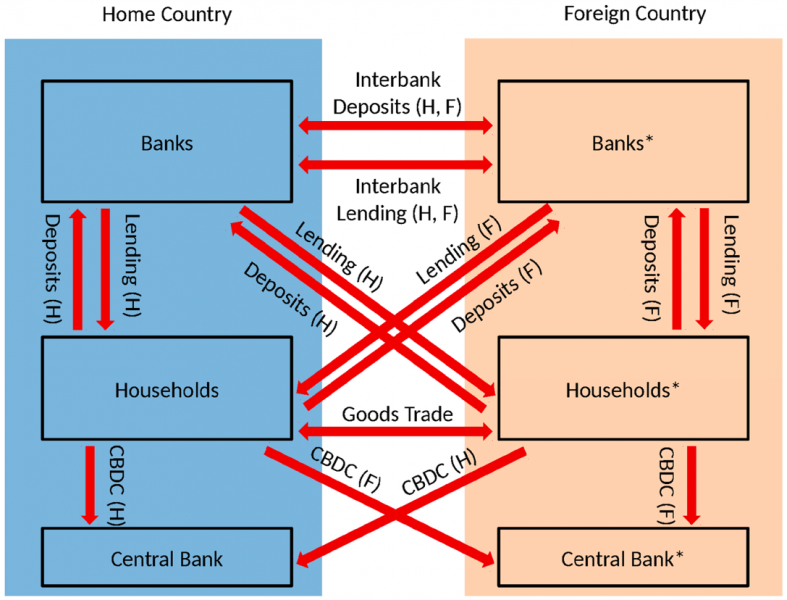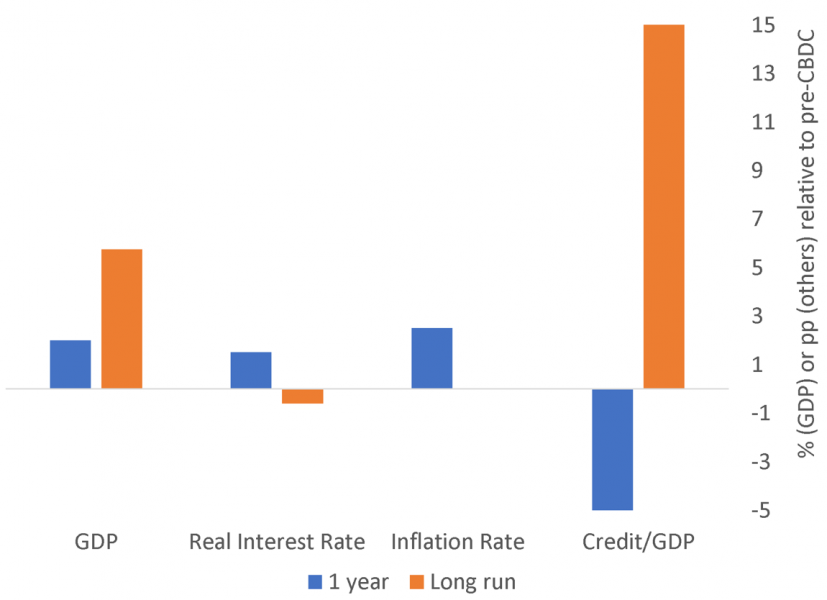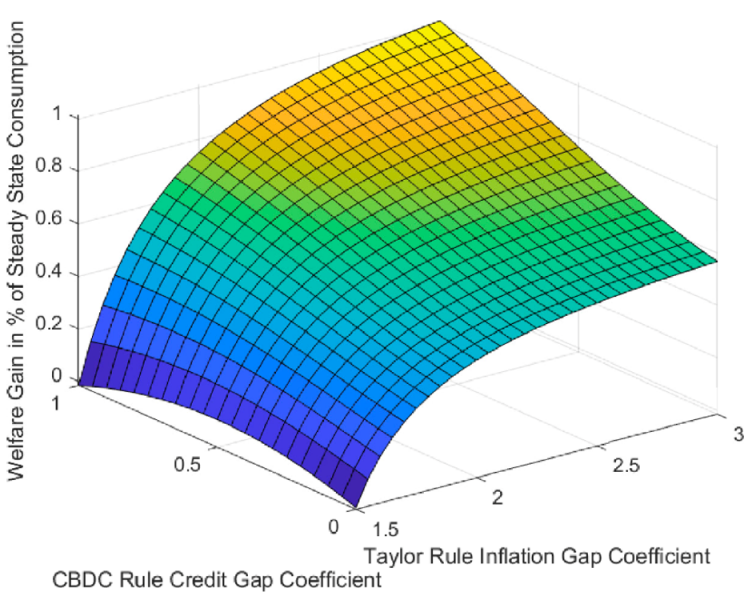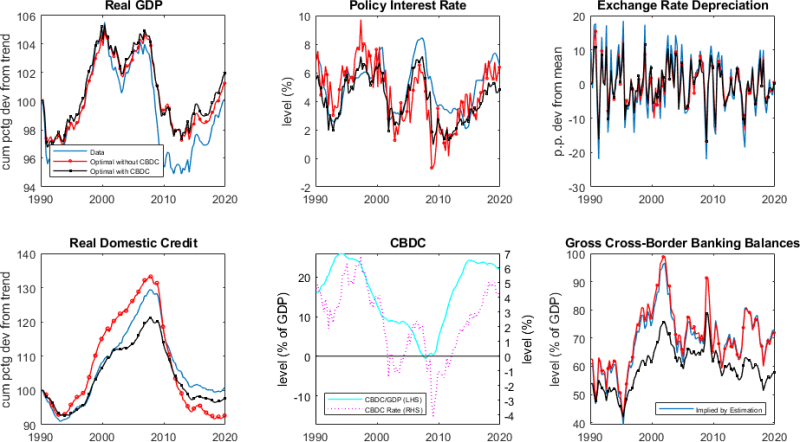Michael Kumhof is Senior Research Advisor in the Research Hub of the Bank of England. He is responsible for co-leading this unit, and for helping to formulate its research agenda. His previous position was Deputy Division Chief, Economic Modeling Division, IMF, where his responsibilities included the development of the IMF’s global DSGE simulation model, GIMF. His main research interests are monetary reform (including central bank digital currencies and full reserve banking), the macroeconomic implications of the fact that banks are creators of money rather than intermediaries of savings, the role of economic inequality in causing imbalances and crises, the macroeconomic effects of fossil fuel depletion, and the macroeconomic effects of and policy responses to high levels of economic rent. Michael taught economics at Stanford University from 1998 to 2004. He worked in corporate banking, for Barclays Bank PLC, from 1988 to 1993. His work has been published by AER, JME, AEJ Macro, JIE, JEDC, JMCB, EER, and Journal of Macroeconomics, among others. Dr. Kumhof is a citizen of Germany.










